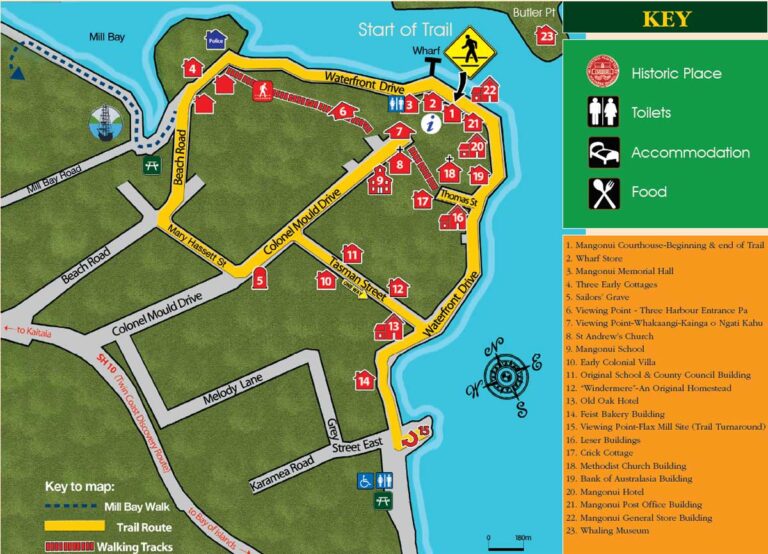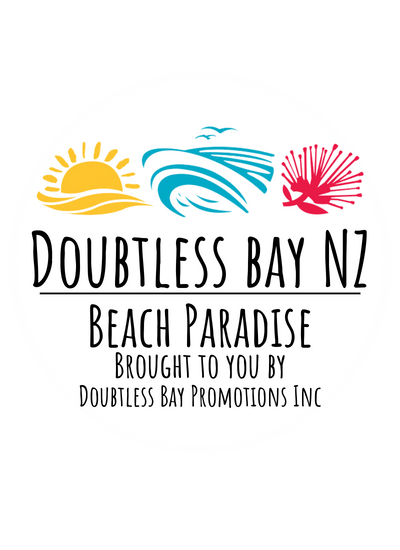
Heritage Trail of Mangonui | A fine walk around the Heritage Precinct of Mangonui township in Far North New Zealand | Site 19
SITE OF MANGONUI METHODIST CHURCH 1909
The Bank of Australasia was opened for business in Mangonui on 22 August 1911, initially with 37 customers. The bank building consisted of a banking chamber, a manager’s office, and a sitting room and bedroom, so the bank officer could live on the premises, as was the custom.
In 1947, the Bank of Australasia ceased to exist and was replaced by the ANZ Bank. The ANZ Bank continued to operate out of these premises until the mid-1960s, after which a variety of shops and professional offices used the building. Unfortunately, the structure was allowed to deteriorate beyond repair, and the building was eventually demolished.
Next: Cross Waterfront Drive to the boardwalk and continue to Mangonui Hotel Site 20 on the left.

